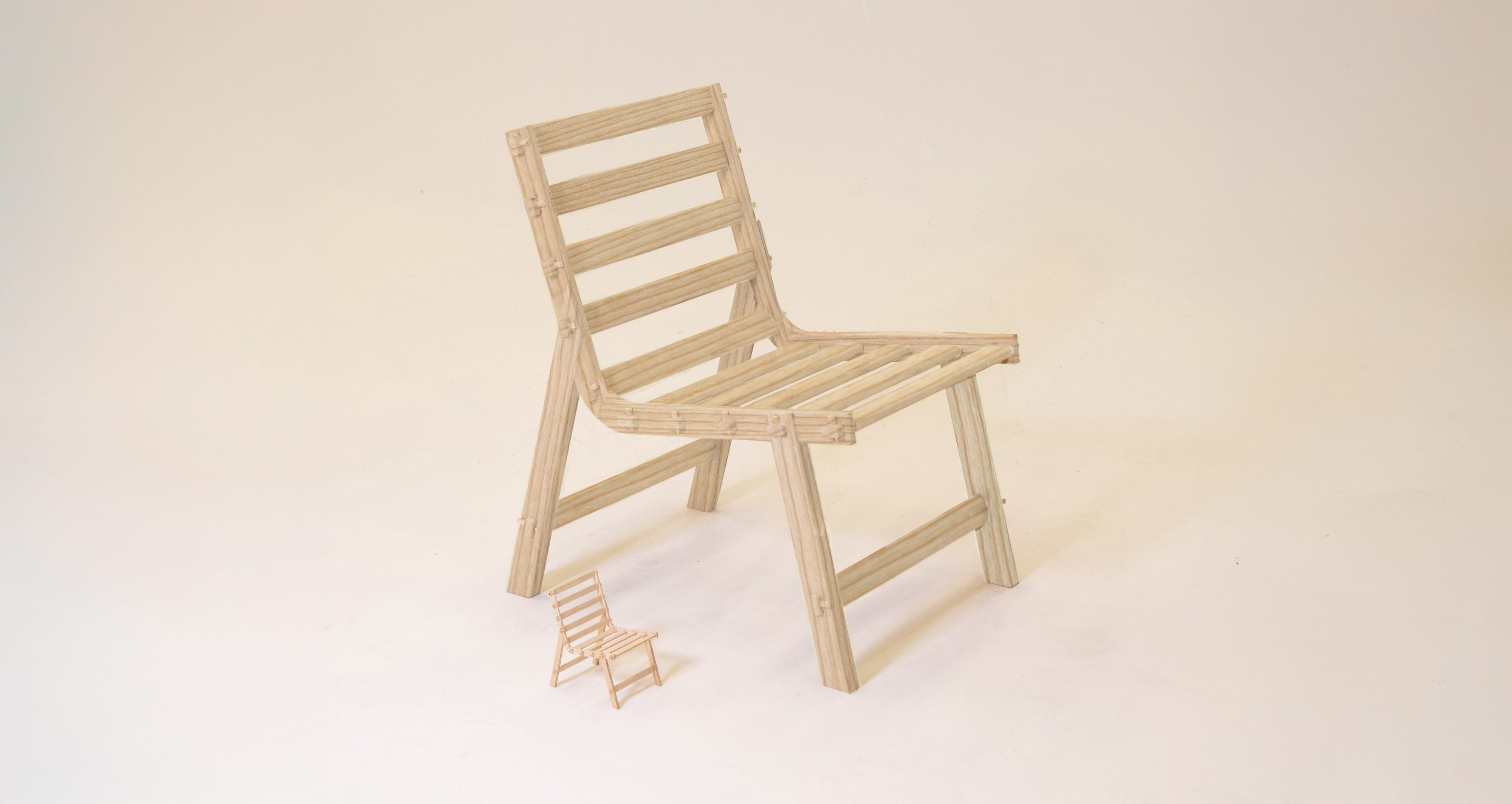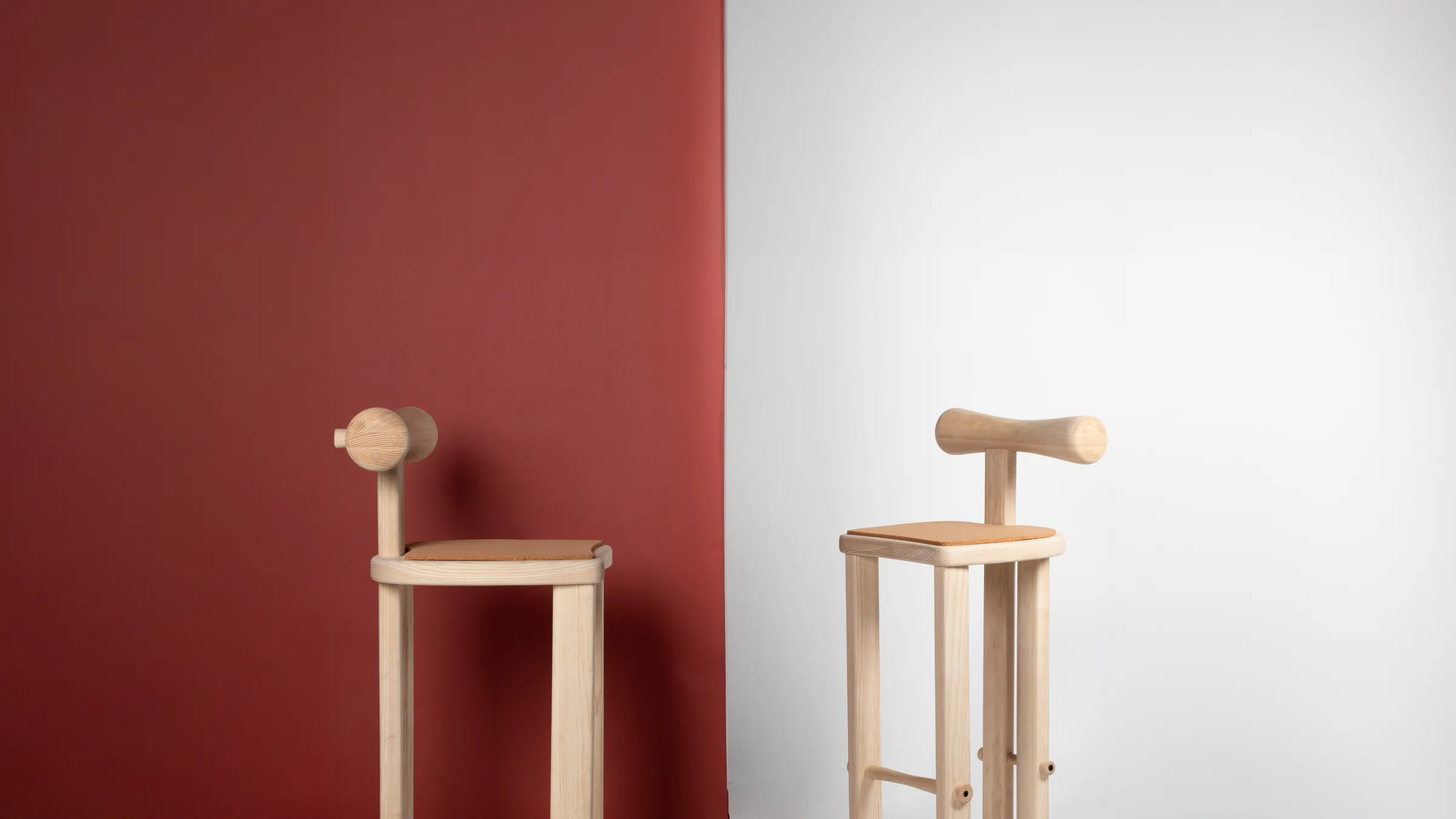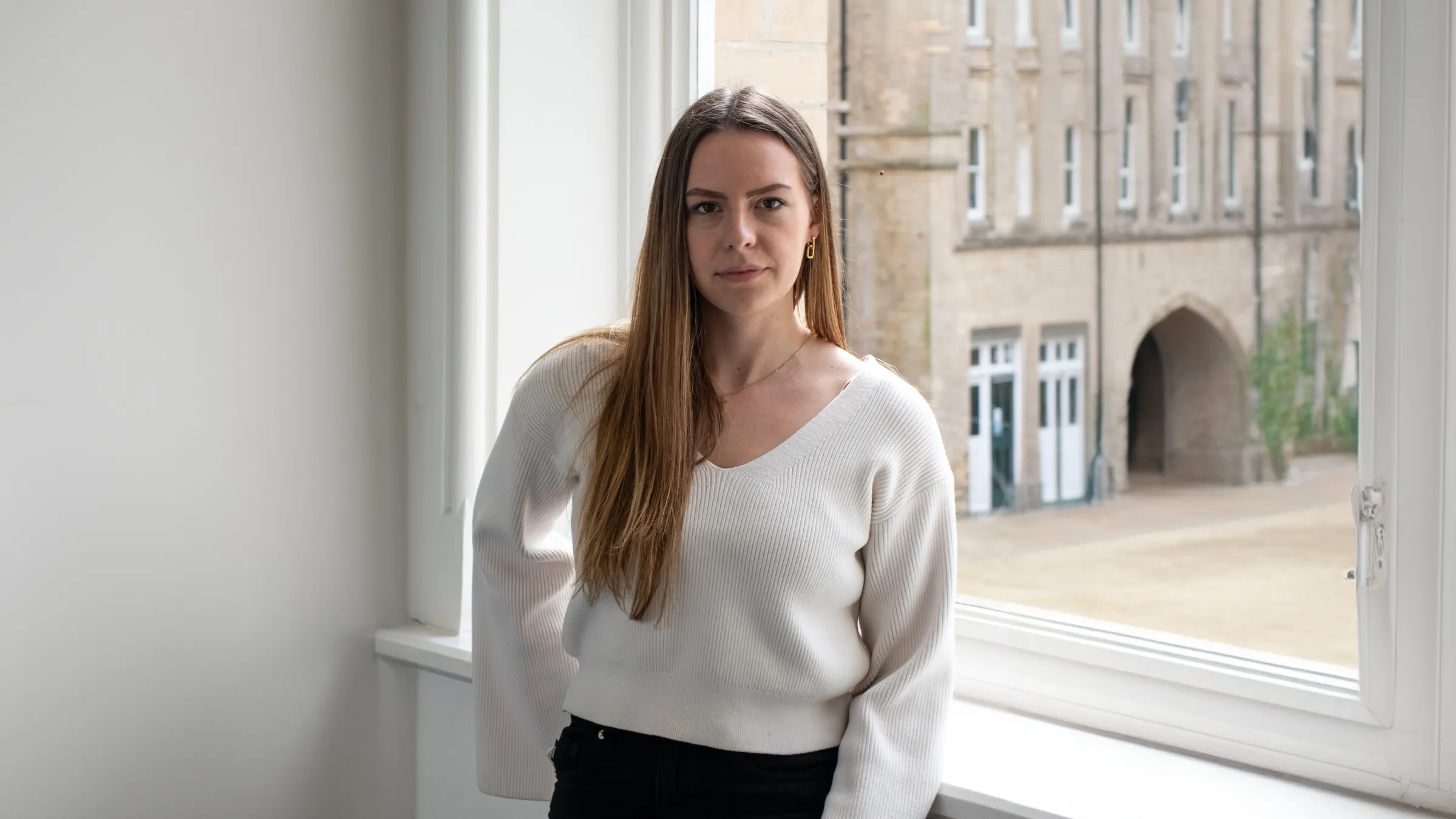The Next Generation of Furniture Designers
Spotlight on Emerging Talent: Amelia Hewitt
Sketch Studios continues to showcase fresh talent in the latest edition of the Furniture Designer Spotlight - Highlighting emerging voices reshaping the future of furniture design.


Written by
Gareth van Zyl
Contents
Spotlight on Emerging Talent: Amelia Hewitt
As part of our Designer Spotlight series, we’re proud to feature Amelia Hewitt – a final-year student at Birmingham City University’s College of Art and Design, where she studies Product and Furniture Design. Amelia brings together emotional awareness, material curiosity, and a sustainable mindset to create work that’s as thoughtful as it is expressive.
Where do you draw inspiration from?
I draw a lot of inspiration from nature and the concept of biophilia, often blending organic forms with geometric structures in my work. This combination helps me create designs that feel both grounded and refined. On a more abstract level, emotion plays a big role in shaping my ideas. My aim is always to design objects that have a positive impact on people’s everyday lives, and that emotional focus is especially clear in my product design work. Sustainability is also a constant influence, particularly in my chair project, which was designed around principles of disassembly, repairability, and long-term environmental responsibility.
What is your definition of furniture design?
To me, furniture design is about designing and creating larger-scale objects that are intended for direct physical interaction with the human body, with function as the driving force. Aesthetics are important, but the success of a piece comes down to how well it functions, how it’s made, and how it fits into its full lifecycle – including its end of life and overall sustainability. What makes design unique as an industry is how every designer brings their own perspective and stylistic flair to what they create. That individuality is what makes the field so rich and diverse.
How do you see furniture adapting to a more sustainable agenda?
I think design is already evolving towards a more sustainable future, especially through innovations in materials. With emerging technologies and new production methods, there’s a lot of exciting research happening into bio-based materials – many of which are derived from waste. That kind of development has the potential to really transform how furniture is made and what kind of impact it has on the planet. Repairability and design for disassembly are also key. They allow sustainably made pieces to be repaired easily and extend their usable life or allow for their parts to be repurposed or recycled.
What’s your favourite material to work with and why?
I enjoy working with a mix of materials, especially ceramics and wood. They offer such different but complementary textures, and they both have roots in nature, which helps create a sense of balance and harmony in a piece. I love how many possibilities each material offers – from the smooth, refined finishes of ceramics to the characterful grain of timber. I also really enjoy how versatile they are. There are so many ways to shape and finish them, which opens up lots of creative potential. That freedom allows me to take simple, natural elements and turn them into something sculptural and expressive.
Do you have a particular process you follow when coming up with new designs?
I always begin by researching the area I’m working in and collecting inspiration to shape my creative direction. That research stage is really important – it gives me the grounding I need to move forward. I also like to build up a collage of visual references, which helps generate ideas and suggest interesting forms that I can explore further in both 2D and 3D. When it comes to generating ideas, I tend to prefer hands-on making over sketching. I find it more creative and freeing. I usually explore form and material side-by-side, which allows me to discover ideas through experimentation rather than planning everything in advance.
Where do you see furniture design in the next 10 years?
I think furniture design will continue to move towards more sustainable and user-centred practices, with a strong focus on new and innovative materials. Looking ahead, I also hope furniture-making becomes more accessible to young people – especially in areas where there’s limited access to design and technology education.
Teaching hands-on skills earlier could help more students build confidence by the time they reach university or start working in the industry. It’s hard to predict how furniture aesthetics will change, because trends shift so quickly. But from my point of view, I’d love to see more bold and vibrant colours used to shape uplifting
environments. I really believe colour can create a sense of positivity and energy in everyday life – I’ve seen that in my own designs and in the pieces I choose to have around me at home.


Product Spotlight
Product name: Slat
Materials used: Ash
Slat is a laidback seating solution designed with sustainability, circularity, and longevity at its core.
Inspired by bed slats and crafted from solid ash and traditional timber joinery, it combines natural materials with timeless craftsmanship for a sophisticated and elegant design. Its reclined back invites users into a relaxed seating experience, perfect for office breakout spaces and casual environments.
With its focus on mono-materiality, energy-efficient manufacturing processes through the use of CNC router and simple disassembly with 24 tusked tenon joins, this piece embodies sustainability with a focus on its life after use.
This feature is part of our Designer Spotlight series, where we highlight emerging designers who are pushing the boundaries of contemporary furniture. Find out more about the initiative.
Published on
June 19, 2025










